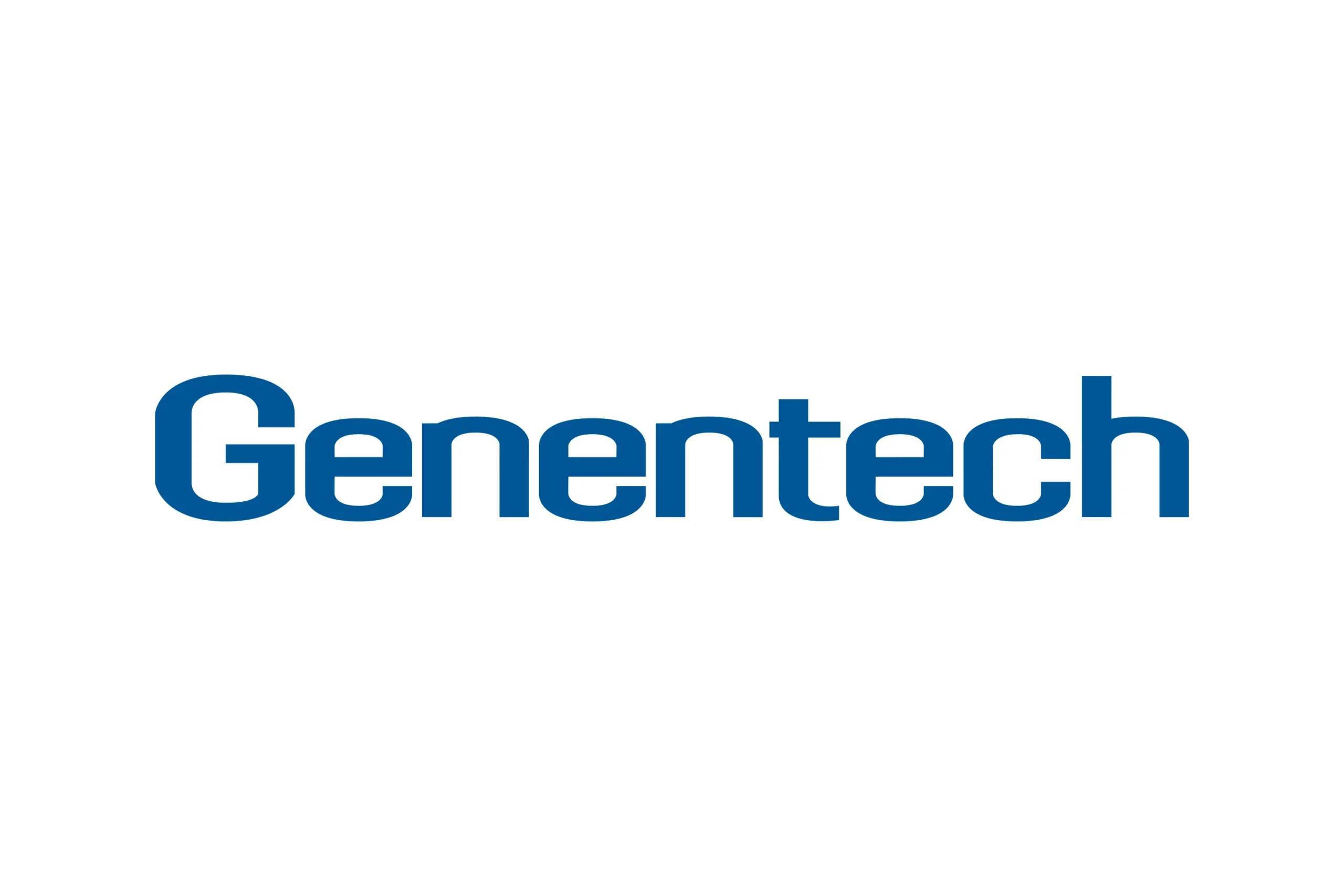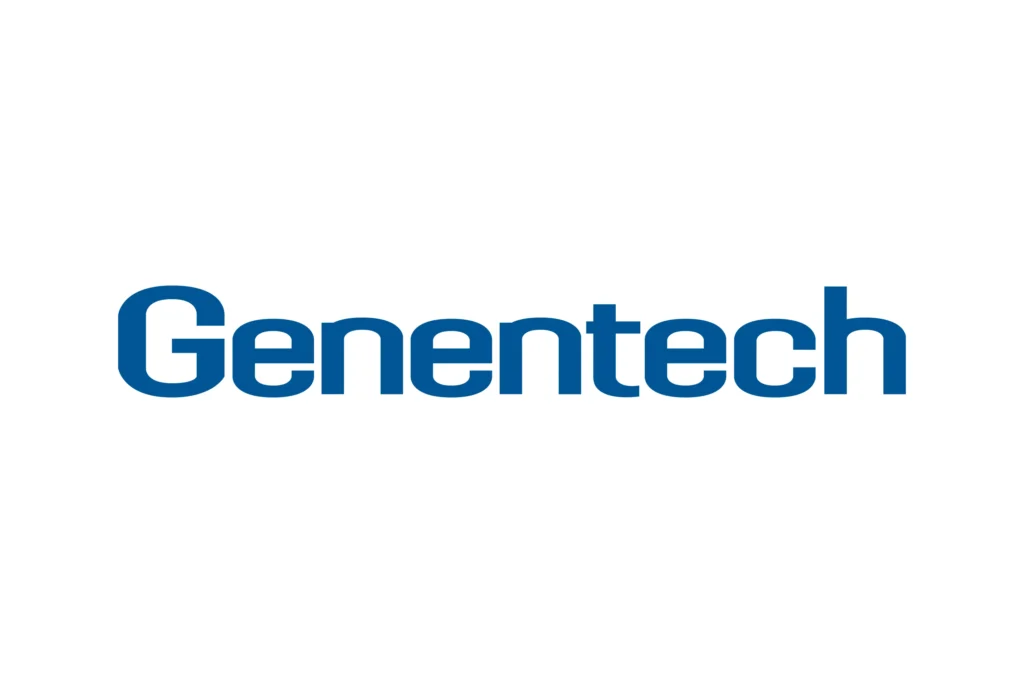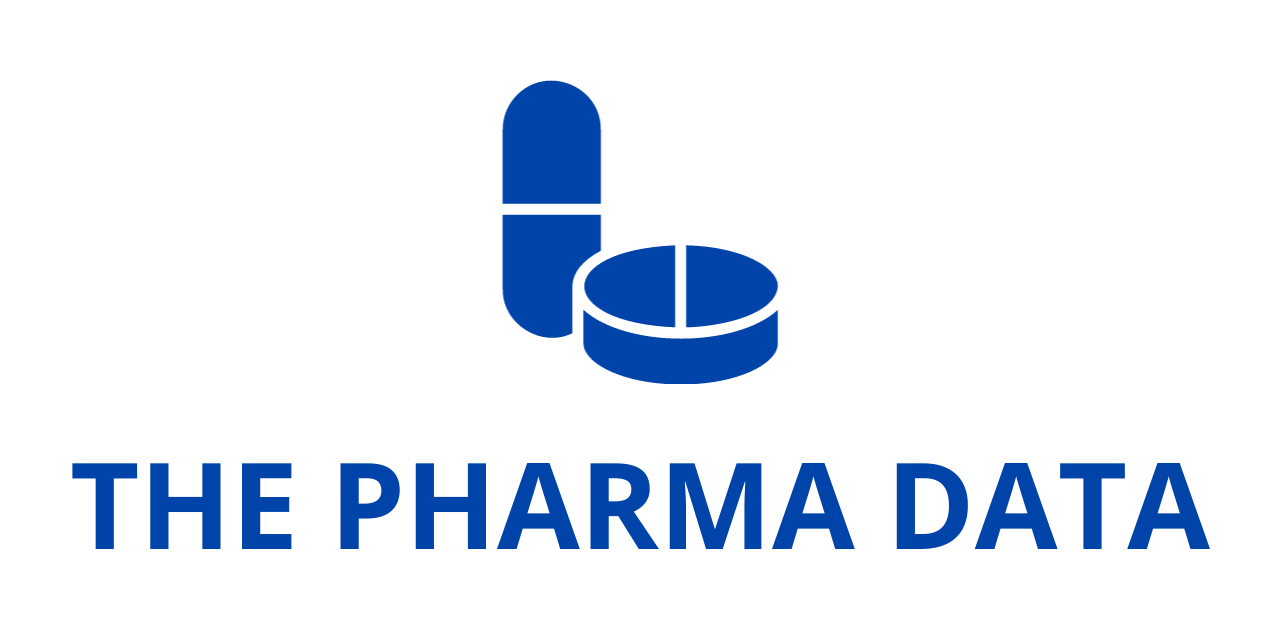
Genentech Presents New Long-Term Data for Vabysmo in Wet AMD and PCV at Euretina Congress 2025
Genentech, a member of the Roche Group (SIX: RO, ROG; OTCQX: RHHBY), has announced compelling new data from two important clinical studies evaluating Vabysmo® (faricimab-svoa). The findings were presented at the 25th Euretina Congress in Paris, France, one of the leading international gatherings for retinal specialists and vision researchers.
The latest results come from two distinct studies: the AVONELLE-X trial, which provides long-term follow-up data in patients with wet age-related macular degeneration (AMD), and the SALWEEN study, which focuses on polypoidal choroidal vasculopathy (PCV), a serious subtype of wet AMD that is particularly prevalent in Asian populations. Together, these data reinforce the efficacy, durability, and safety of Vabysmo across different patient groups and underscore its potential to address unmet needs in retinal diseases that remain leading causes of vision loss worldwide.
Key Highlights from the Euretina 2025 Presentations
- AVONELLE-X (Wet AMD – Long-Term Efficacy and Safety)
- Four-year data show Vabysmo continues to deliver stable vision outcomes and sustained anatomical improvements in wet AMD.
- Nearly 80% of patients were able to maintain extended dosing intervals of three to four months.
- Safety remained consistent with previous reports, reinforcing Vabysmo’s strong tolerability profile.
- SALWEEN (PCV – A Subtype of Wet AMD in Asia)
- At one year, patients with PCV achieved an average gain of 8.9 letters in best-corrected visual acuity (BCVA).
- More than 50% of participants were successfully extended to five-month dosing schedules.
- Polypoidal lesions resolved in over 60% of eyes, and 86% showed lesion inactivation, demonstrating a robust anatomical response.
- Safety results were in line with the established profile of Vabysmo in wet AMD.
Expert Commentary
“The robust SALWEEN findings in PCV highlight Vabysmo’s potential to deliver clinically meaningful improvements and help mitigate vision loss,” said Levi Garraway, M.D., Ph.D., Genentech’s Chief Medical Officer and Head of Global Product Development. “Alongside the long-term AVONELLE-X results in wet AMD, these findings support our mission to develop and deliver impactful medicines for people with difficult-to-treat eye diseases.”
Garraway’s remarks reflect Genentech’s broader strategy of establishing Vabysmo not only as a therapy for wet AMD and diabetic eye diseases but also as a versatile treatment that can be adapted to regional disease patterns such as PCV in Asia.
Deep Dive into the SALWEEN Study
Background on PCV
Polypoidal choroidal vasculopathy (PCV) is a form of wet AMD characterized by the presence of abnormal, aneurysm-like blood Genentech vessels beneath the retina, which can leak and bleed, threatening central vision. PCV is especially common in Asian populations, where prevalence rates are significantly higher compared to Western countries.
Despite advances in anti-VEGF therapies, PCV remains challenging to treat. Many patients require frequent injections and do not achieve complete lesion resolution, leaving a significant need for treatments that can provide more durable benefits.
SALWEEN Study Design and Results
The Phase IIIb/IV SALWEEN study was designed as a single-arm, open-label trial conducted in Asia. Patients with PCV received Vabysmo injections, and outcomes were tracked over one year.
- Vision Gains: Patients improved by an average of 8.9 letters in BCVA by week 48, a clinically meaningful benefit that translates into improved daily functioning such as reading and recognizing faces.
- Dosing Flexibility: More than half of patients could be extended to five-month dosing intervals, reducing treatment burden significantly.
- Anatomical Improvements: Over 60% of eyes achieved complete resolution of polypoidal lesions, while 86% showed lesion inactivation, reflecting powerful disease control at the structural level.
- Safety: Vabysmo’s tolerability in PCV mirrored that seen in wet AMD, with no new safety concerns identified.
These Genentech results suggest Vabysmo could emerge as an important therapeutic option for PCV, offering durable control of both vision and anatomy.
Deep Dive into the AVONELLE-X Study
Background on Wet AMD
Wet AMD, also known as neovascular AMD, is one of the most common causes of blindness in older adults. It arises when abnormal blood vessels grow into the macula, the central part of the retina responsible for sharp vision. These vessels leak fluid and blood, leading to scarring and rapid loss of central vision.

Globally, millions of people live with AMD, and in the U.S. alone, about 20 million adults are affected, with 1.5 million progressing to late-stage disease. The burden is not only medical but also social and economic, as vision loss impacts independence, productivity, and quality of life.
AVONELLE-X Study Design and Results
The AVONELLE-X trial served as a two-year extension of the pivotal Phase III TENAYA and LUCERNE trials, which initially Genentech demonstrated Vabysmo’s efficacy in wet AMD. By combining data from the parent and extension studies, researchers could evaluate the therapy over four years of continuous use.
- Stable Vision: Patients maintained vision gains achieved in the parent studies, with no loss of efficacy over time.
- Durable Dosing: Nearly 80% of patients were on three- or four-month dosing intervals, confirming Vabysmo’s potential to reduce injection frequency compared to traditional monthly regimens.
- Sustained Anatomical Improvements: Retinal fluid control and structural outcomes remained favorable, reflecting long-term stability of disease control.
- Consistent Safety: Adverse events were consistent with known risks, with no new safety signals emerging over the extended treatment period.
This long-term dataset provides reassurance to Genentech patients and physicians that Vabysmo can maintain benefits over years, not just months, making it a sustainable option for chronic management of wet AMD.
Global Reach and Regulatory Approvals
Since its first U.S. approval in 2022, Vabysmo has rapidly expanded its presence worldwide. It is now:
- Approved in over 100 countries for wet AMD and diabetic macular edema (DME).
- Approved in more than 60 countries for macular edema following retinal vein occlusion (RVO).
- Widely adopted, with over eight million doses distributed globally, reflecting strong physician confidence and patient demand.
These Genentech approvals highlight Vabysmo’s role as a global standard of care in retinal medicine, offering a balance of efficacy, durability, and safety.
Access and Patient Support
Recognizing that innovative treatments only help if patients can access them, Genentech continues to invest in comprehensive patient support programs.
- Access Solutions: Patients in the U.S. can contact Genentech Access Solutions at (866) 422-2377 or visit Genentech-Access.com for help with coverage, reimbursement, and financial support.
- Direct Assistance: Eligible patients may qualify for free medicine through Genentech’s assistance programs. Support is available at 833-EYE-GENE.
These efforts are designed to minimize barriers and ensure patients prescribed Vabysmo can benefit from therapy without undue financial hardship.
The Bigger Picture: A New Era in Retinal Care
The combined findings from SALWEEN and AVONELLE-X strengthen Vabysmo’s profile as a first-in-class bispecific antibody targeting both angiopoietin-2 (Ang-2) and vascular endothelial growth factor-A (VEGF-A). By addressing two pathways implicated in vascular leakage and inflammation, Vabysmo represents a scientific advancement over earlier anti-VEGF therapies that only blocked VEGF.
Its demonstrated durability, ability to control challenging subtypes like PCV, and sustained four-year efficacy in wet AMD mark a significant step forward in vision care. For patients, this translates into fewer injections, better disease control, and long-term preservation of sight.
The new data presented at the 25th Euretina Congress represent a milestone for Genentech’s ophthalmology franchise and for patients worldwide. With robust long-term outcomes in wet AMD and encouraging results in PCV, Vabysmo continues to establish itself as a versatile and durable therapy.
As global adoption expands and research explores new indications, Vabysmo’s role in transforming the treatment landscape for retinal diseases looks set to grow even stronger. For millions living with vision-threatening conditions, the message is clear: hope for lasting sight preservation is brighter than ever.
For more information, visit Vabysmo.com.




